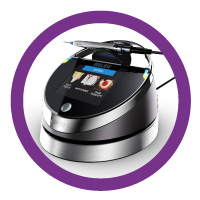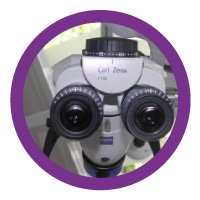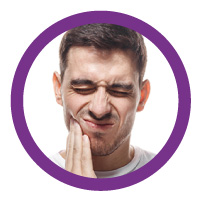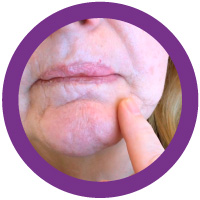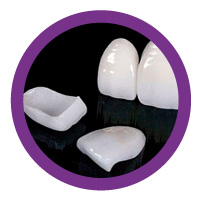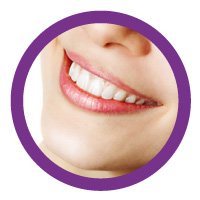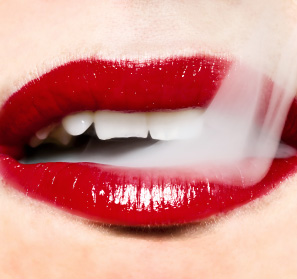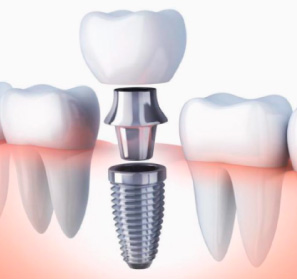How to brush your teeth properly
How to brush your teeth properly
- Brush your teeth NOT your gums
- The function of the toothbrush is to disrupt the bacteria that build up daily on our teeth.
- Move the brush to a group of three teeth at a time, no more.
- Move the brush horizontally from the back of your mouth to the front, no VERTICALLY.
- Spend 10 seconds on every three teeth.
- Gums do not bleed.
- They can bleed because of excessive tooth brushing.
- Generally gums bleed due to infection, dental plaque is an "infectious disease".
- It is essential to brush your teeth, which includes all the interdental cleaning devices, once a day.
- It is essential to brush your teeth once a day, which includes interdental aids that clean between teeth.
- If gums bleed and teeth move or change their place, consult a Periodontist.
- It is impossible to regenerate lost gum tissue
- It is essential to brush your teeth, which includes all the interdental cleaning devices, once a day.
- Fluoride, which strengthens the teeth and weakens bacteria, is the most effective measure to prevent tooth decay.
- To reduce the incidence of cavities three things should happen: Toothbrush with floss + to control carbohydrate intakes + fluoride.
- A patient who is prone to cavities should control the diet.
Tips on oral rehabilitation
Tips on oral rehabilitation
- Not every root canal treated tooth will require a post crown.
- Post are not necessary.
- Not all teeth that swell up should be removed or replaced by implants.
- Tooth discoloration can be reversed with a simple tooth whitening treatment.
- Nowadays odontology is "minimally invasive", i.e- do less, get more.
How to achieve a successful implant
How to achieve a successful implant
- For implants to be successful they should be placed in a "healthy" mouth, without cavities or gum bleeding.
- It is vital to study the host bone through a CT scan, not through an X-ray.
- Implants provide greater support for a complete prosthesis.
- Most implant prostheses are fixed, NOT removable.
- It is possible to regenerate bone; however, it is a complex procedure.
- Implants give function and aesthetics back to the mouth.
- An implant is not the same as a tooth- The tissue that surrounds the tooth- called "periodontium" - is missing.
- The periodontium provides sensation and flexibility to the teeth; the implant does not have either of the two.
What is dental laser used for?
What is dental laser used for?
- It has an antibacterial effect; therefore, antibiotics can be avoided.
- It is energy that acts as "a cell biostimulant"; the result is wound healing.
- Dental laser improves neuralgia.
- It improves paresthesia or loss of sensation after surgery.
- It acts as an anti-inflammatory.
- It is a disinfectant and makes a decayed tooth repair itself.
- It helps the healing process of the gums.
- Reduces dentin hypersensitivity.
- It is not magic; it is biology- It is "the future already present".
How can I tell if I have periodontal disease?
How can I tell if I have periodontal disease?
- Bleeding, red, swollen gums.
- Gums separate from the teeth.
- Teeth that feel loose.
- Bad breath.
